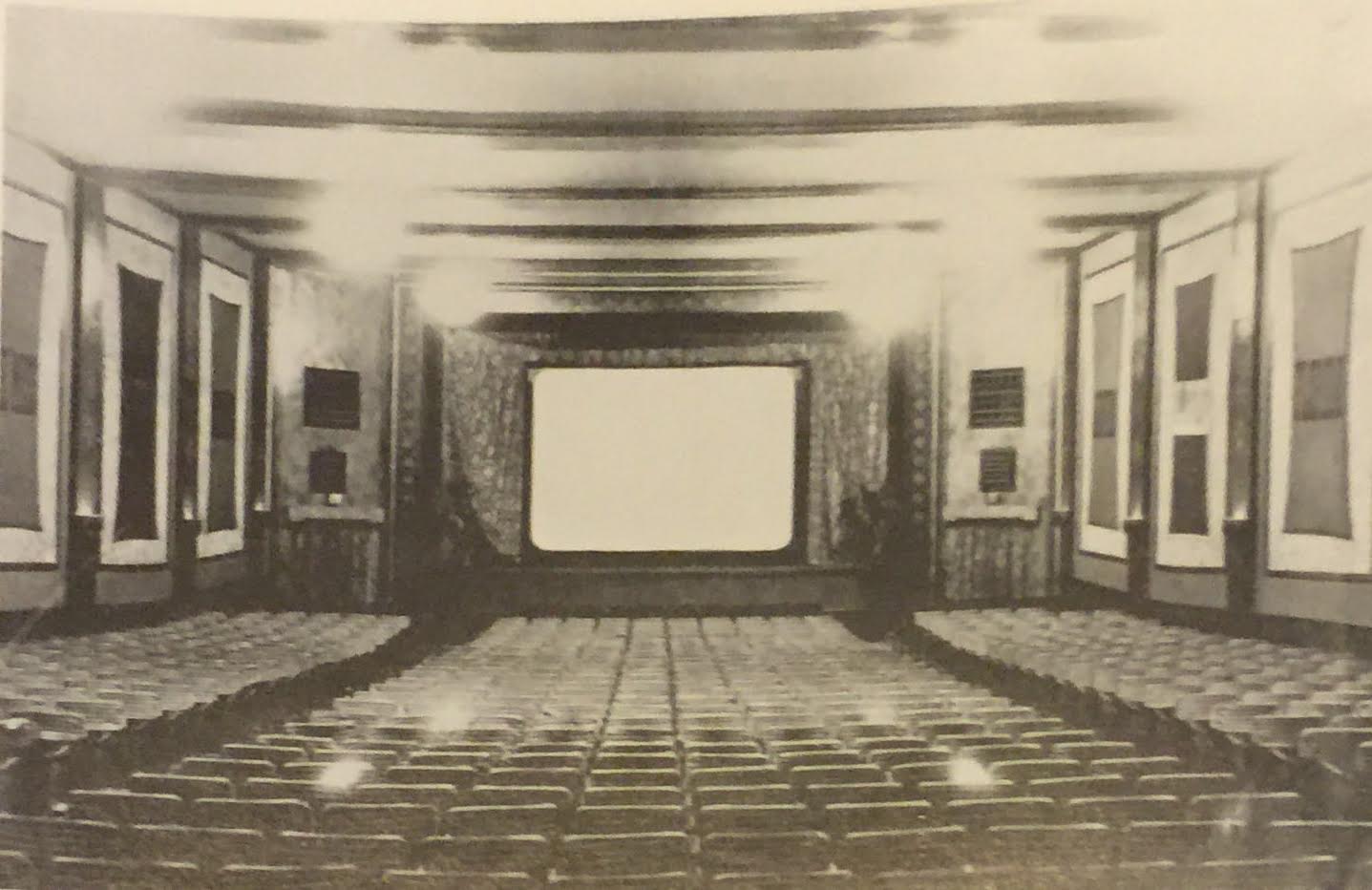
Meet my father-in-law, Bob Coats. He is a retired veteran. He’s been a CPA for over 50 years. He is a good husband. He is a good father and grandfather. All of those things are awesome….yet every time I am around him, I always end up asking him about his time at the Tiger Movie theater in Auburn, Alabama.
His dad, Gus Coats, was the manager of the Tiger theater from the late 1930s until 1959. So it is safe to say that Bob grew up in his dad’s movie theater. After years of asking Bob lots of Tiger theater questions…I finally figured it was time to share this information. So here….after eleven plus years of questions is my “interview” with Bob Coats.
Cogerson: So how did your dad end up being the Tiger theater manager in Auburn, Alabama?
Bob Coats: My dad actually was a vaudeville stage manager in Chicago. As vaudeville started to fade out many of the vaudeville theaters became movie theaters. So it was a pretty natural transition for him to move from vaudeville theaters to movie theaters. He went from Chicago to the Empire theater in Montgomery, Alabama to the Tiger theater in Auburn.
Cogerson: So did your dad get to know any famous performers during his time in vaudeville?

Bob Coats: Yes he did. Probably his best friendship was with Jimmy Durante. Durante had a very popular radio show and television show. At the end of each show Durante would say “Good night, Mrs. Calabash, wherever you are.” For years it was a great mystery as to who Mrs. Calabash was and why Durante said it. My dad hinted that Durante shared the Mrs. Calabash secret with him.
Cogerson: So what are your first memories of the Tiger theater?
Bob Coats: I remember when I was around 5 years old (1944), my dad would grab our red wagon, load up me, my older brother Gus and our Boston bulldog Major, and drag us over a mile to the Tiger theater. Once we got to the theater, Gus (my brother), Major, and I would play hide and seek in the theater as my dad would be checking the prints of the movies. Eventually Major would get bored and head to the seats in the front of theater where the kids usually sat and find the used bubble gum that was always laying on the floor. Every time we left, our mother would say…”Keep Major away from the gum”…and every time we came home his head and whiskers would be covered in gum. Every time my mom would have to clean Major up…. including using alcohol to get his whiskers clean…. which Major did not like at all. As I got older playing time was replaced by working at the theater. From 1944 to 1961 I went from playing hide and seek to being the marquee person to running the concession stands to the assistant manager of the Tiger theater.
Cogerson: Was the Tiger theater the only movie theater in town?

Bob Coats: Auburn had two theaters back then…. our Tiger theater and the War Eagle theater. Our theater was part of a chain that was based in Atlanta, Georgia. The War Eagle theater was an independent theater. Back then the studios had contracts with the theaters. Because ours was part of a chain the studios were more interested in signing contracts with the Tiger theater than the War Eagle theater. We ended up with contracts with Paramount, Warner Brothers and MGM. The War Eagle had contracts with RKO and United Artist. So, if you wanted to see the new Bob Hope or Bing Crosby movie you had to come to the Tiger theater…. if a new Disney movie came out you had to see it at the War Eagle theater.
Cogerson: How long would it take for a new movie to reach Auburn?
Bob Coats: Back then movies were released differently. There was no real opening weekend like you see today. Back than a new movie would open in the big cities. Then slowly the movie would reach the rest of the country. The closest big city to us was Birmingham, Alabama. About a month to 6 weeks after it played in Birmingham it would finally reach Auburn.
Cogerson: Wow…today even the biggest box office hit is pretty much out of theaters in 6 weeks. How did you combat the delay of it getting to Auburn?
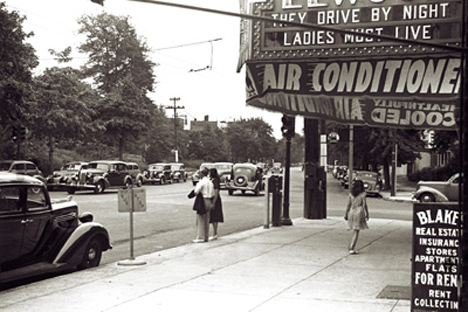
Bob Coats: Not many people had the time to drive to Birmingham to see a new movie. Plus, the movie theaters were one of the first places to have air conditioning. We used to have a banner hanging in front of the movie that advertised about how nice and cool it was in the theater. Being in the deep south that was a huge advantage for us in the summertime. The draw of air conditioning far outweighed the need to see a new movie miles away. Our theater had used cooling towers as air conditioning units…which were huge and very loud. Those cooling towers had excess water trays that had near-freezing water in them…..during the summer we would drop a couple of watermelons in those water trays…and about two hours later you would have the best tasting, perfect temperature watermelons ever! Just one of the benefits of working at the Tiger theater.
Cogerson: How did Paramount get the movie reels to your theater?
Bob Coats: Well, my dad’s theater was part of a chain. That chain had a guy whose job was to pick up and drop off the movie reels and promotional materials on a weekly basis. He had a key to our theater and would drop off and pick up the reels in the middle of every Thursday night or Friday morning. We never saw him…. but we knew when he had been in the theater…. because the old stuff was gone, and the new stuff had arrived. The night before he was due, we had to collect all the promotional materials that Paramount had sent out to promote the movie and get them ready for pick-up. This included all the photos they sent out, the movie posters, and all other items related to the movie. The only thing we could keep was the 24-sheeters.
Cogerson: What are 24-sheeters and why did the studios not want them back too?
Bob Coats: 24-sheeters were used for outdoors promotions. They would arrive with 24 individual sheets that together would make one giant billboard poster for an upcoming movie. We would paste all the sheets together on the side of the building…it was basically like putting a puzzle together. Generally, they would stay up for about a month……until a new 24-sheeter would arrive. The only reason the studio did not want them back was because they were trash when it came time to take them down.
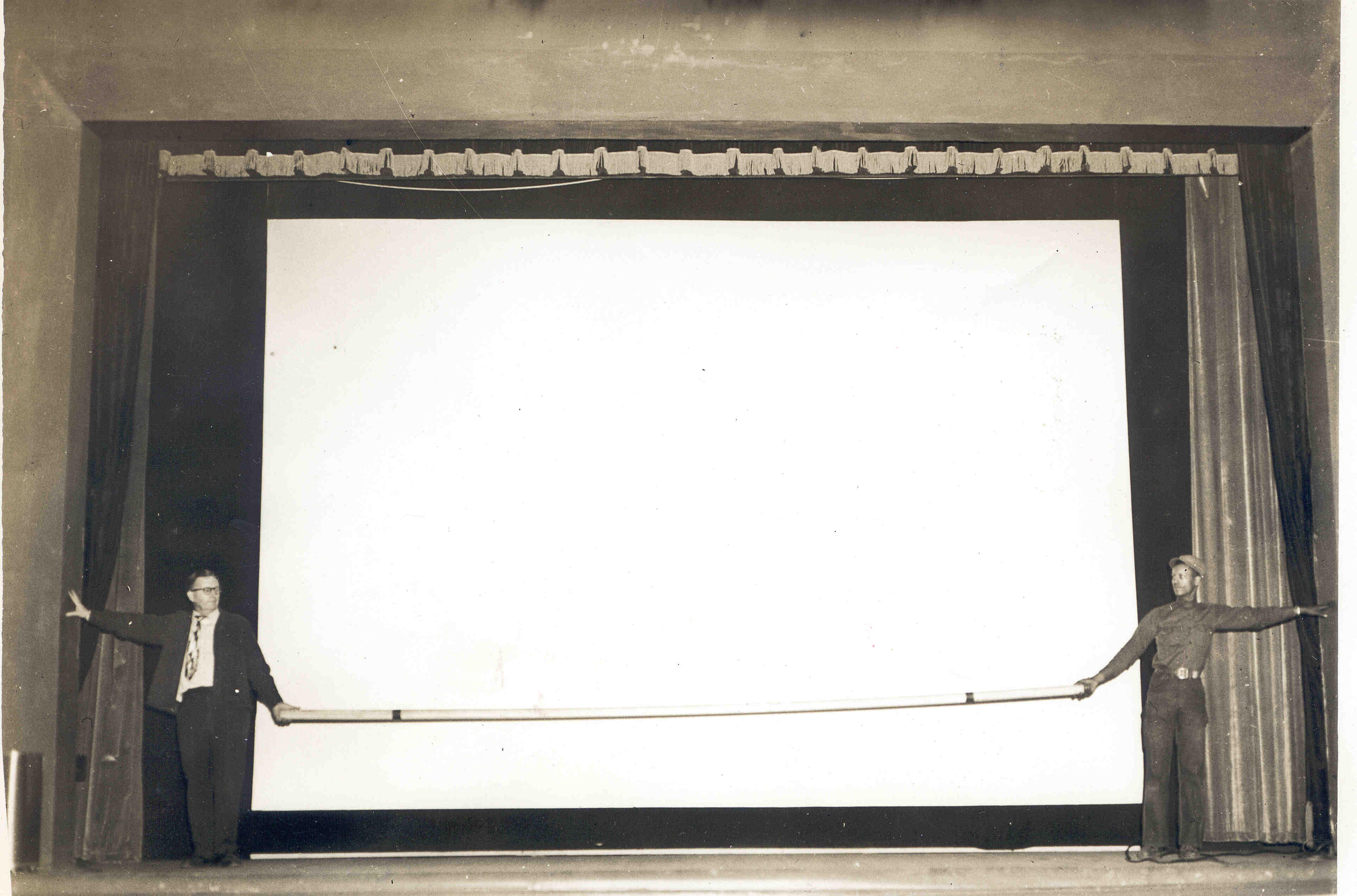
Cogerson: So, you only had a movie for a week and then it was gone? What if it was a big hit and the demand was still great?
Bob Coats: We usually had so many showings that anybody who wanted to see a movie had the chance to see it Friday through Tuesday. Typically, a new movie only played Friday night, Saturday night, all day Sunday, Monday and Tuesday. On Wednesday and Thursday, we would run a second run movie. A second run movie would be a movie that already had played in our theater…and was usually a year or two old. However, when Bing Crosby and Bob Hope had a new movie…those movies played all week…. we called them all-weekers. Normally Friday and Saturday mornings and afternoons belonged to the kids….and we would run B Westerns and serials. Saturday was when Gene Autry, Roy Rogers, Randolph Scott, and Trigger ruled. The Three Stooges were also very popular. Some of the kids would arrive in the morning and sit through all the showings of the movie….in many ways the theater was like a baby-sitter service.
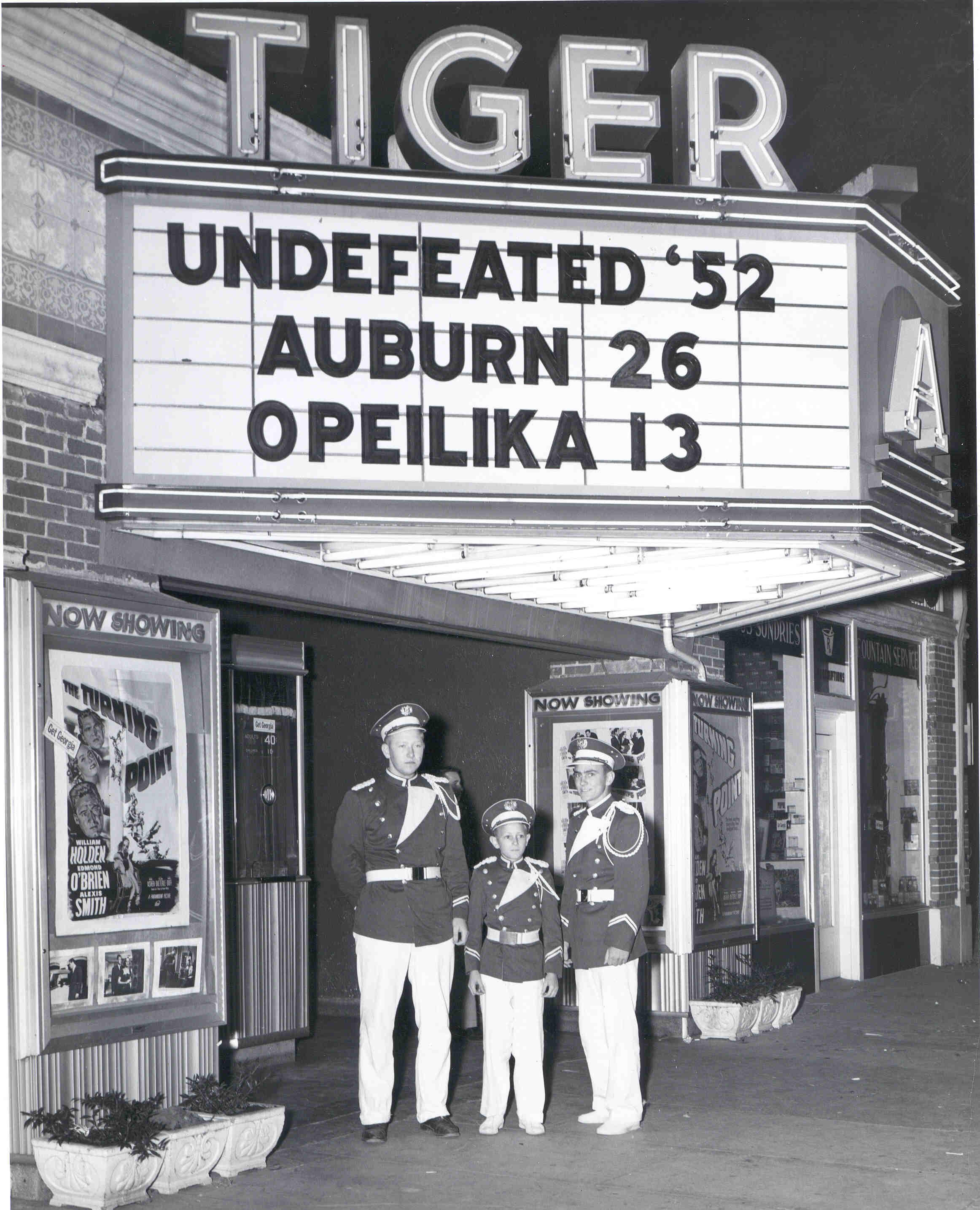
I liked when Crosby and Hope had a new movie…because it meant I did not have to change the marquee as many times. Changing the marquee was one of my main jobs at the theater and normally in a week I would have to change the marquee three to four times a week. I earned 50 cents a hour changing the marquee. We even posted the high school and college football scores on the marquee. One of the first rules I learned about doing the marquee signs was the “one thumb width” rule. Between each letter you had to leave “one thumb width” of space. If you did not follow that rule…the marquee would look terrible. Generally, it would take me about 40 minutes to do each side of the marquee.
Cogerson: In this picture of the marquee – why is Opelika misspelled?
Bob Coats: Ha, ha, ha…. that was a sly insult at the rivals in the next town over. They were so unimportant; we didn’t need to spell their name correctly.
Cogerson: Sounds like Friday and Saturday afternoon would get crazy when you got invaded by all the kids showing up.
Bob Coats: Well….the kids did not come empty handed. They normally brought enough money to keep the concession stand hopping. A dollar could get you through the whole day back then. The concession stand was another one of my main responsibilities. Back then…just like today…. concession sales is where the money is at in theaters. I have many fond memories at that concession stand. Me and a buddy used to see who could get the popcorn in the box the fastest….gotta admit he had better technique than mine. He could take a flatten box, and with one hand pop it open and seal the bottom of the box while he scooped popcorn with the other hand. I remember when I was going to Auburn University, I used to have set up the concession stand and make popcorn before going to class. Later, people would smell popcorn on me and want to know why I did not bring any for them.
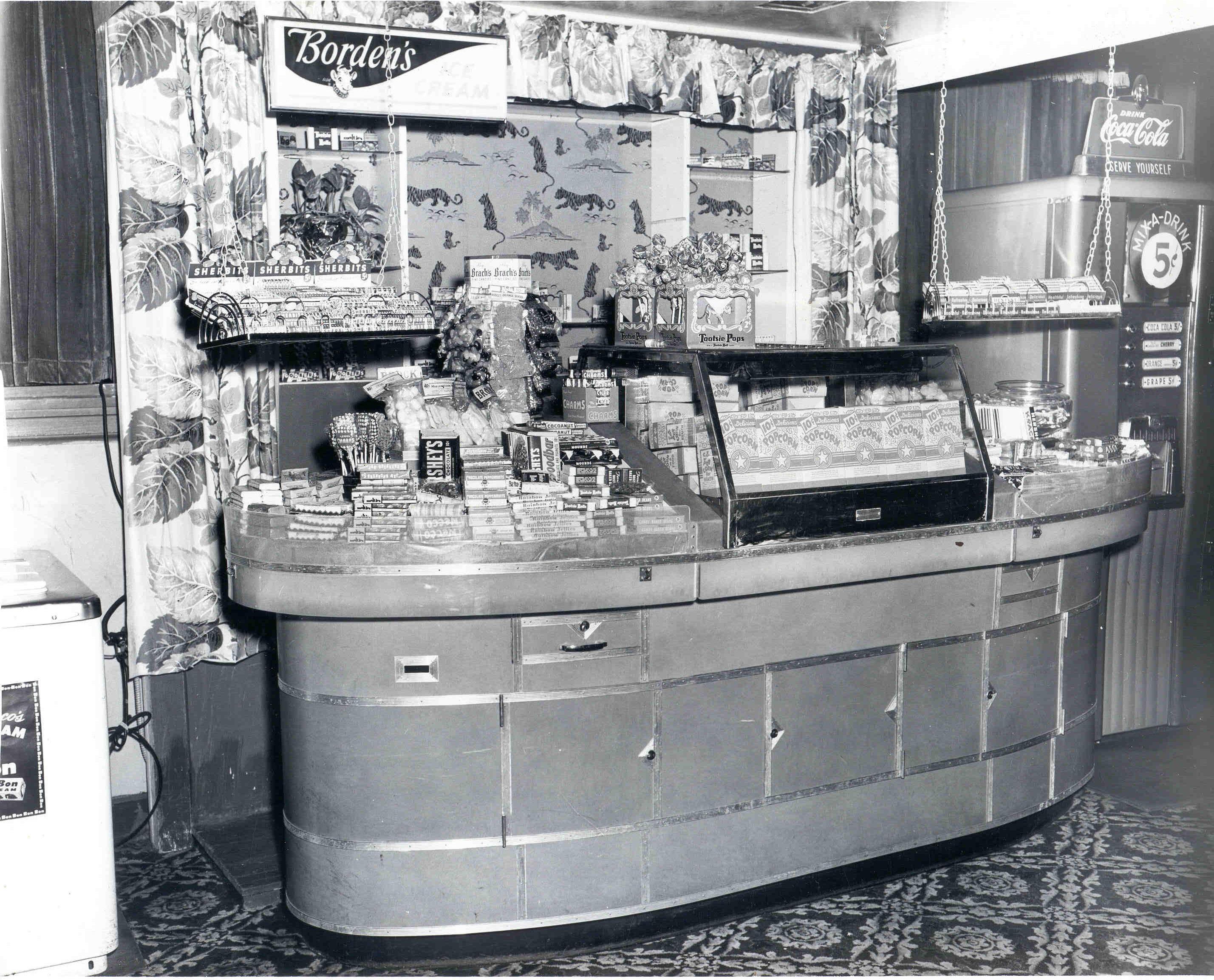
Bob Coats: I remember one little boy who turned out to be a very clever thief. Every time he came to the theater, he brought an empty tennis ball can. We could not figure out what he was doing with it. Finally, one day he was spotted sliding candy from the concession stand into the can. When we opened the tennis ball can we found the candy and at the bottom of the can was a bunch of cotton. That way the candy made no noise when he slid the candy into the can….and the person behind the counter never heard the candy falling into the can. I imagine he had to spend some extra time in church for that one. Speaking of church…. on Sunday we were allowed to be open, but we could not open until 1 PM and we could not show movies from 5:00 PM to 7:00 PM. Basically, any time you could be at church services the movie theater could not be open.
Cogerson: One of my favorite movies is called Cinema Paradiso….that one is about a movie theater in Italy right after World War 2….which is the same time frame when you were at the Tiger theater. In that movie…. fire in the projectionist booth was a great fear. Did the Tiger theater ever have any issues in the projectionist booth?
Bob Coats: Thankfully we did not. But the film celluloid was very, very flammable. Our projectionist booth was fireproof. It had crash bars and no wood. It was very, very loud and very hot. Carbon arcs provided the light for movies. The projectionist would strike the arc by turning on the power and then striking the carbons together. The projectionist had to maintain the arc by using two motors in a device called a lamphouse. The carbons burned at about 6,000 degrees.
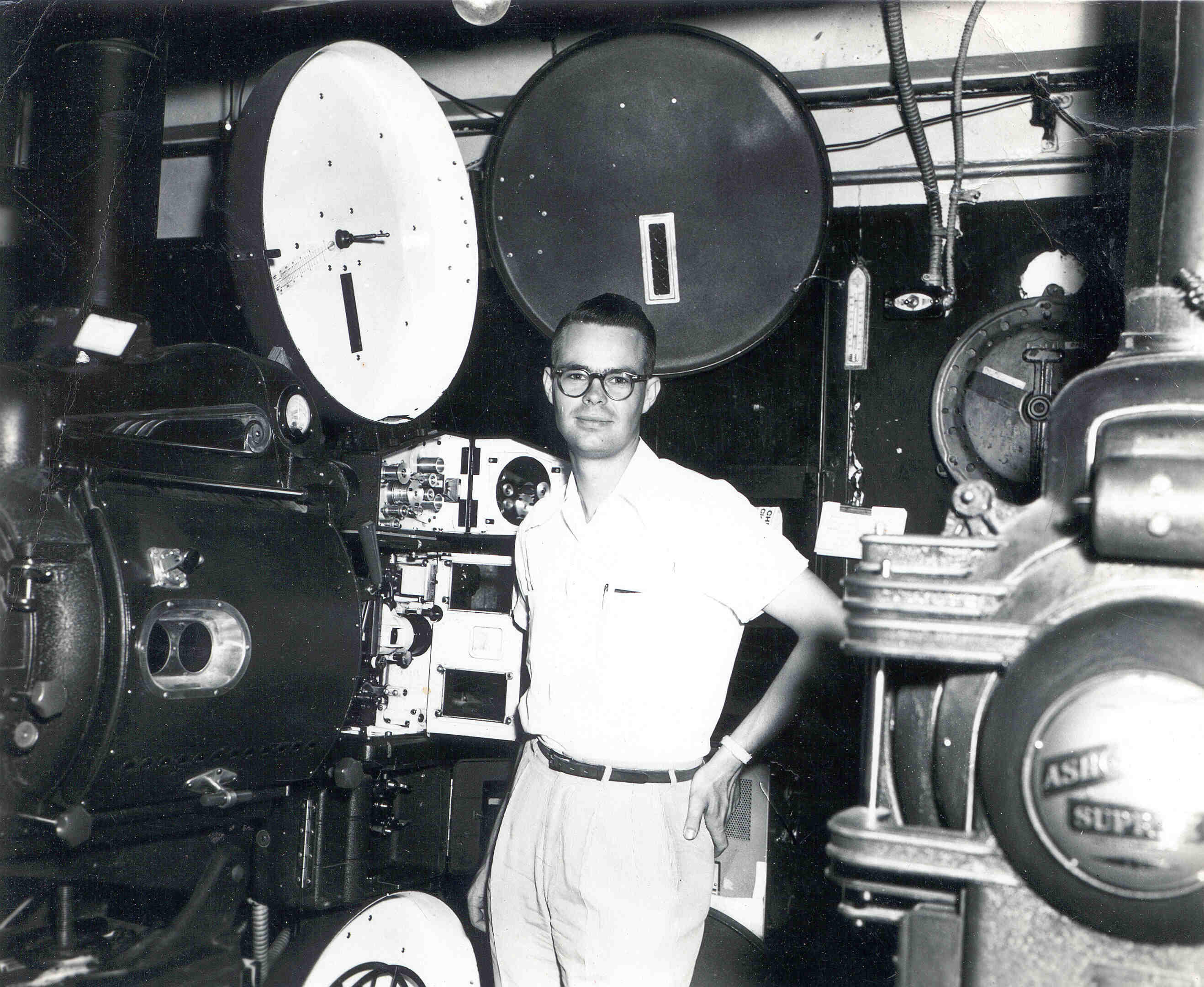
Cogerson: What was the difference between a good projectionist and a bad projectionist?
Bob Coats: The ones that did not fall asleep were the good ones. The projectionist booth had a two-minute warning saying the reel was about to run out. At that point they would watch for little white bubbles to appear on the screen….and then they would switch over to the new reel. Sometimes the projectionist would fall asleep, and the movie would stop….the booing from the crowd would normally wake up the projectionist. During the summer the projectionist had it rough. It was very hot in there…and there was no air conditioning. Heck they even had a bathroom in the room….and food was brought to them. So once they went in the projectionist booth they did not come out until their shift was over.
Cogerson: Any other memories or thoughts you want to share?
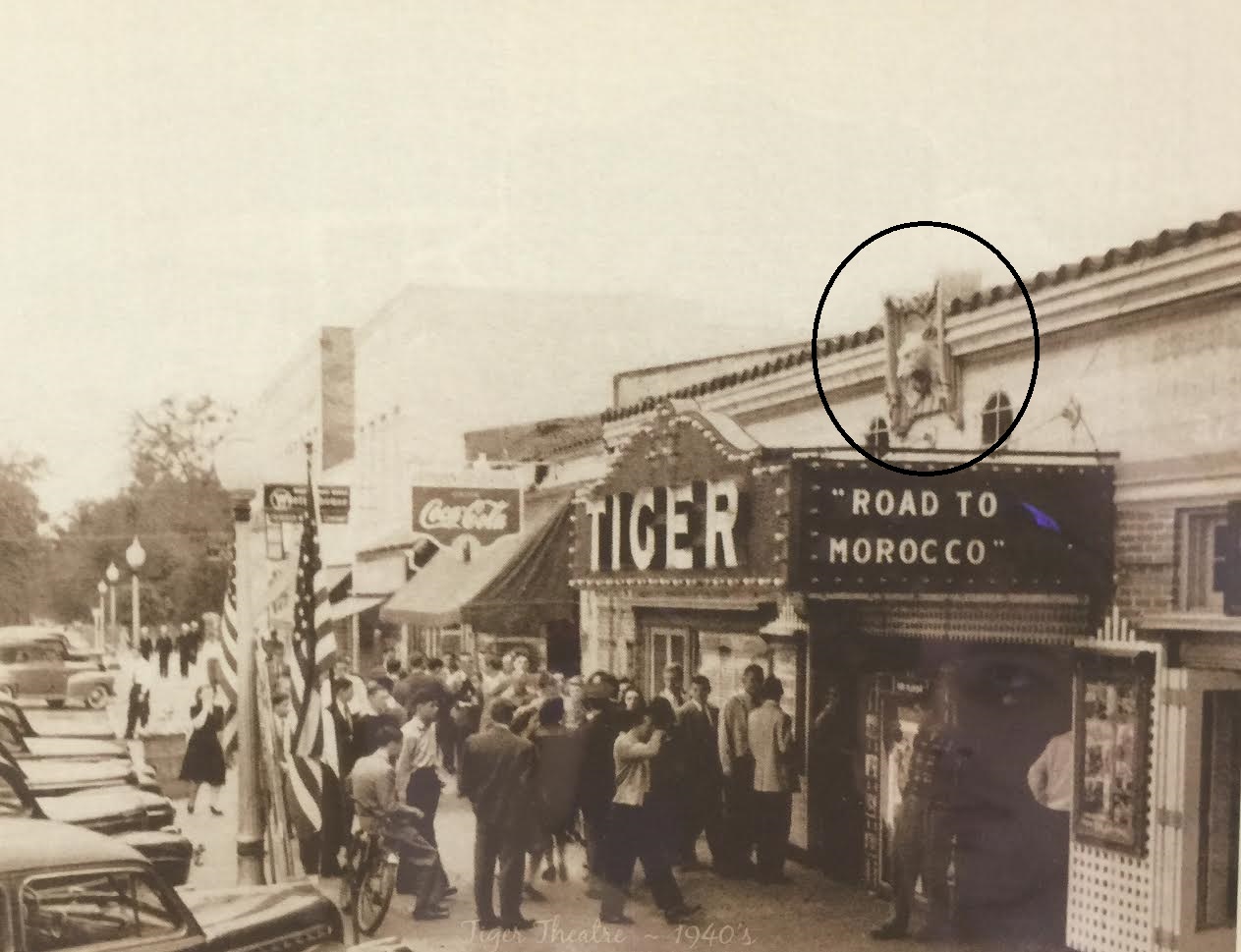
Bob Coats: Sadly there is not much left of the Tiger theater. It was opened in 1928 and stayed open for almost 60 years. Today it is a Gap clothings store. The only item left from the theater that is still there is the tiger architectural sculpture that is on the outside of the building. I did secure some of Tiger theater doors. I had two of them installed at my office and my oldest daughter turned another door into a coffee table that she keeps in her office.
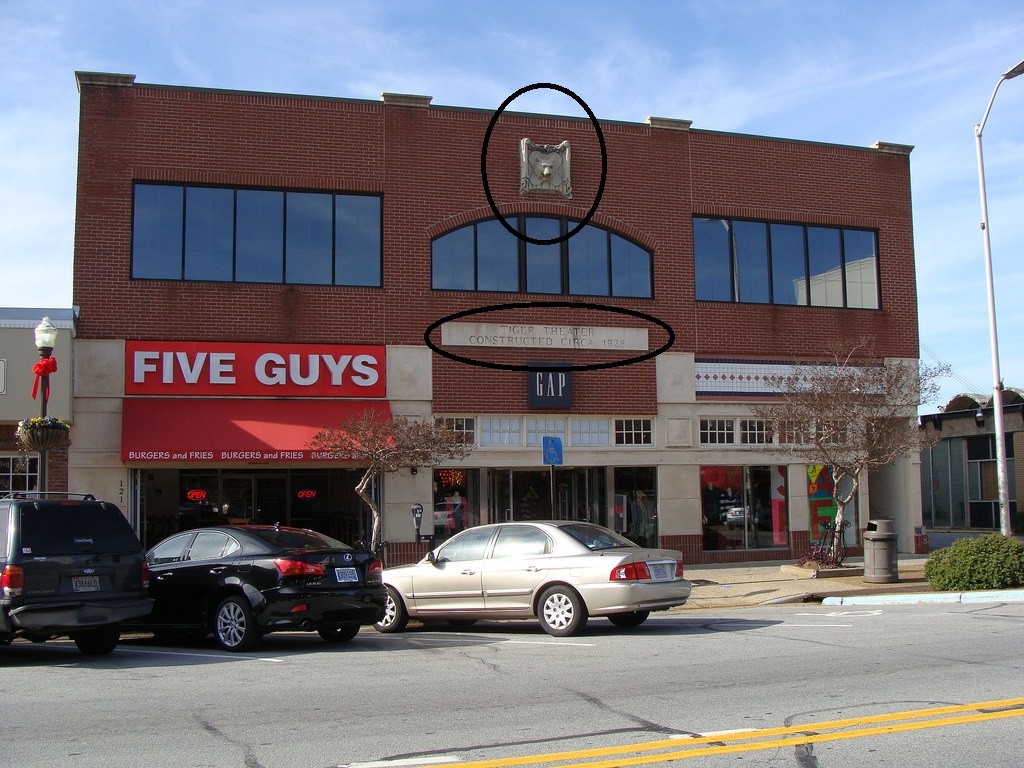
Cogerson: Thanks for all of this great information…..but I do have one final question…..your dad saw the death of vaudeville….did he get concerned when television started to keep movie goers home?
Bob Coats: My dad was not worried at all. First of all.. Hollywood was not going to go down without a fight. First came 3D movies which became very popular for a little bit. Then came CinemaScope which offered the biggest picture ever. We actually had to remodel the theater to be able to have the larger screen. Our seating capacity went from 715 to right around 600. Finally he felt that as long as Hollywood made quality movies then people will come out to the theater. He felt that going to the movies was a social event….and people would never stop coming. His words have come true. Even today with all the entertainment choices, people are still heading to movie theaters.
2021 update: Due to a question from Ronnie Cooper (6 June 2021): “Tell me, how did the theater handle the black patrons, or were they simply rejected?”
Bob Coats: Prior to integration in the South, the Martin Theater in Opelika had a balcony and a separate ticket booth and entrance for the blacks. Neither the Tiger Theater or War Eagle Theater in Auburn had a balcony or a way to separately accommodate blacks. There was a small theater in Auburn for blacks, but I don’t remember much about it, as I spent all of my time at Tiger. I do recall black patrons inside Tiger a few times, standing up at the back, but I don’t recall the situations or any fuss about it. Tiger did have black employees. Keep in mind, this was all well before James Meredith was admitted as a student to the University of Mississippi in 1962, or Auburn University’s integration in 1964.
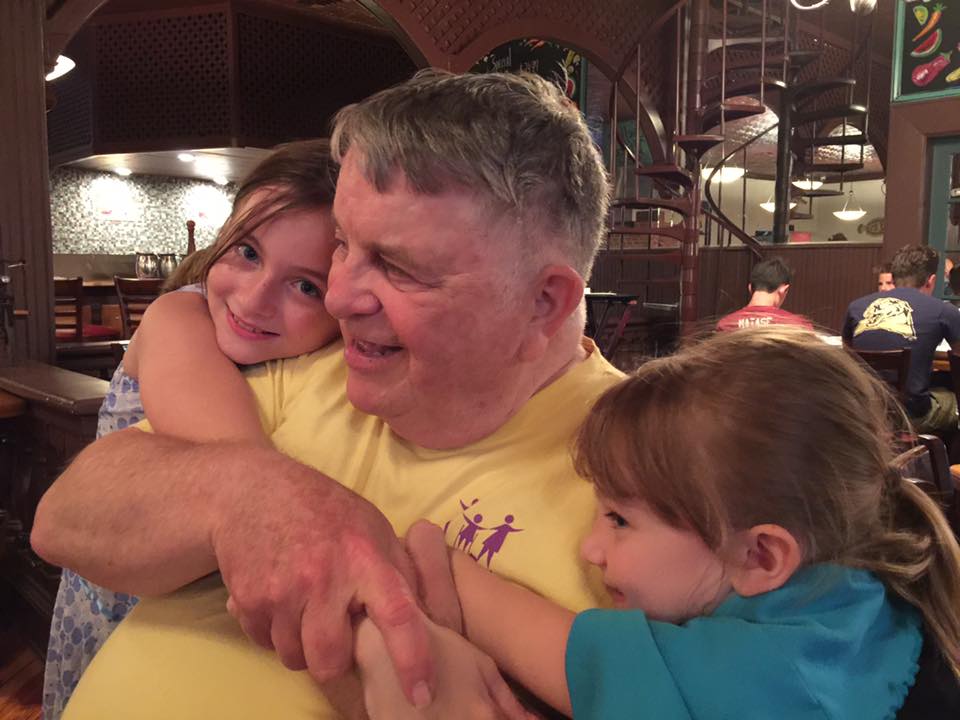
More Tiger Theater Photos
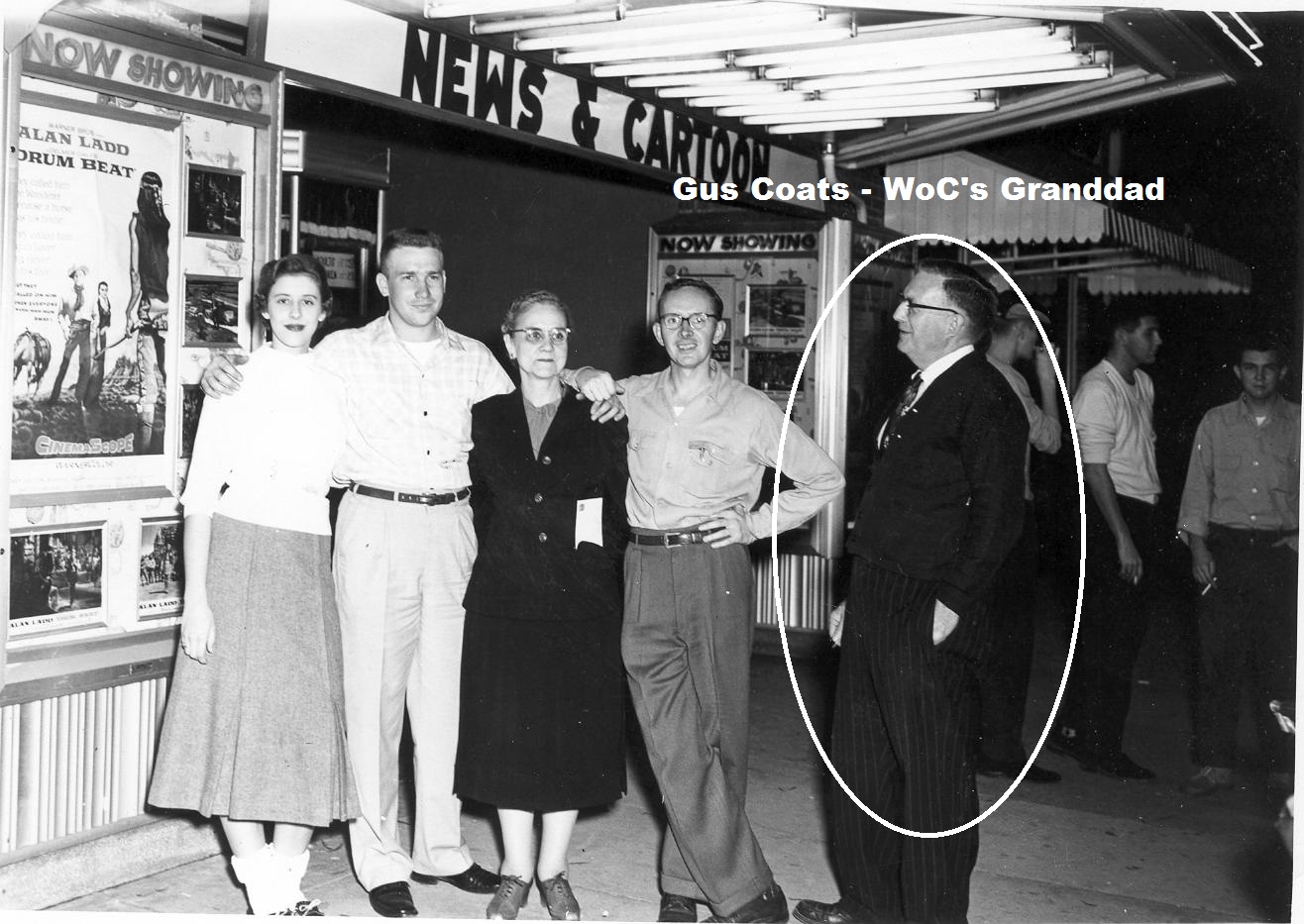
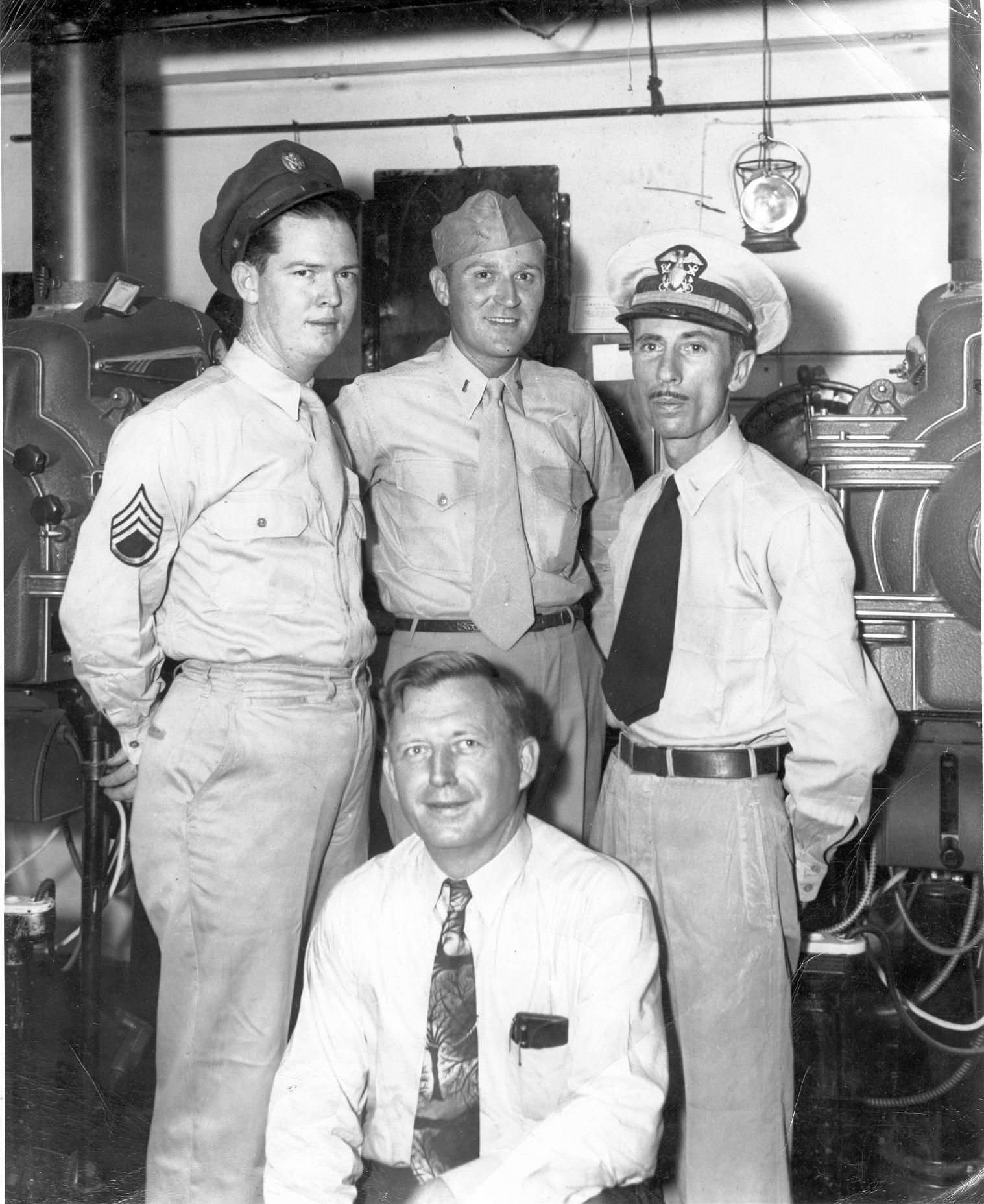
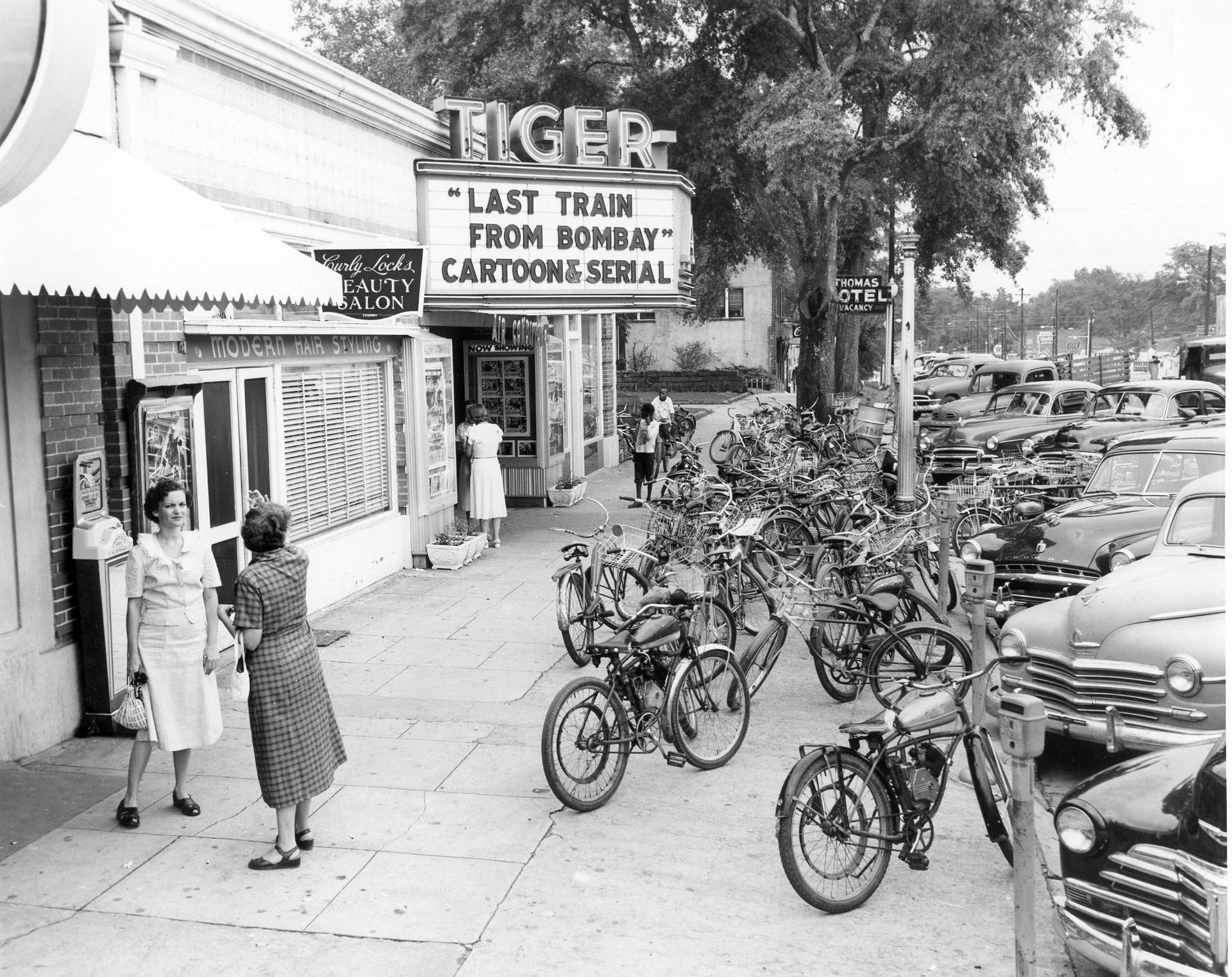
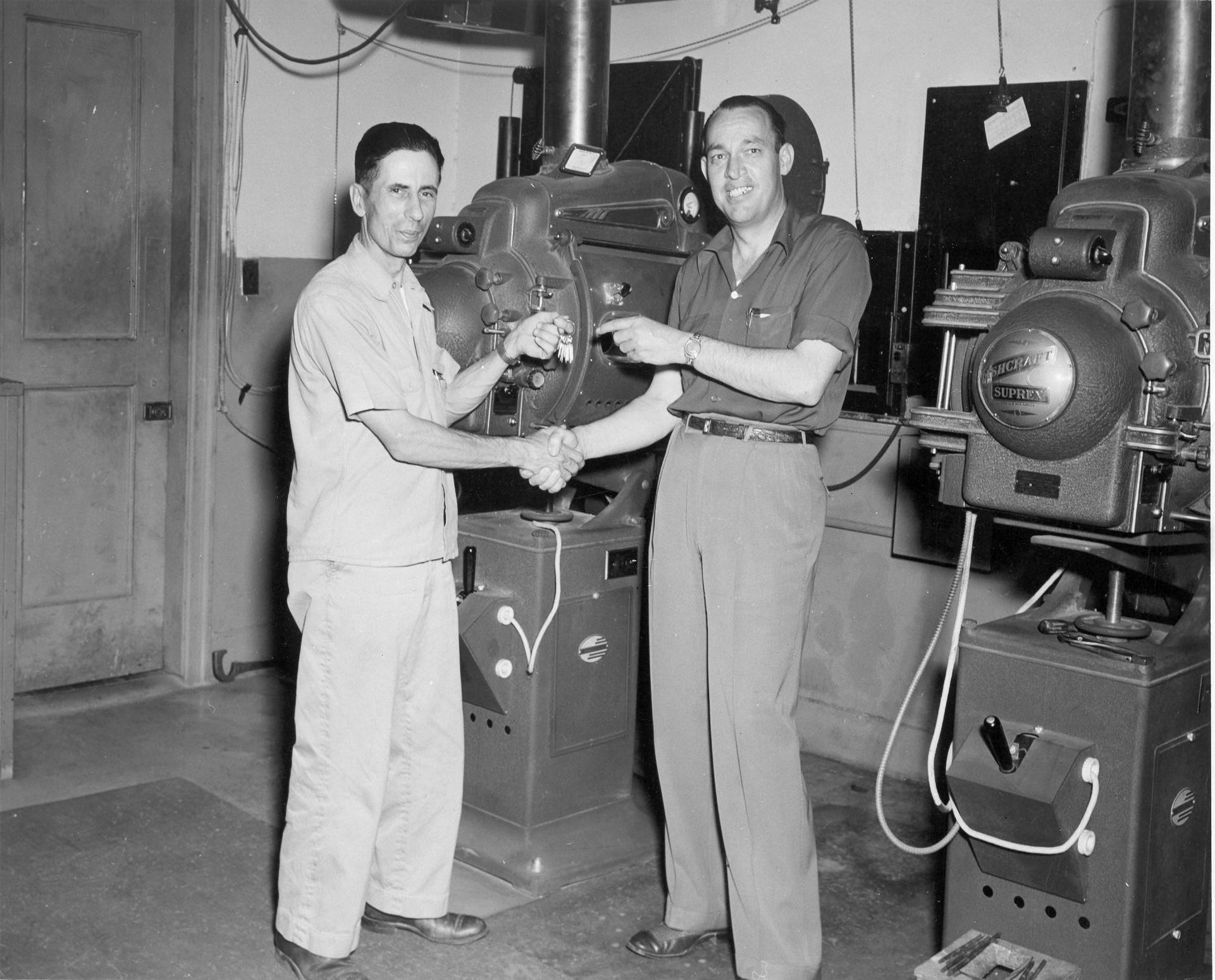
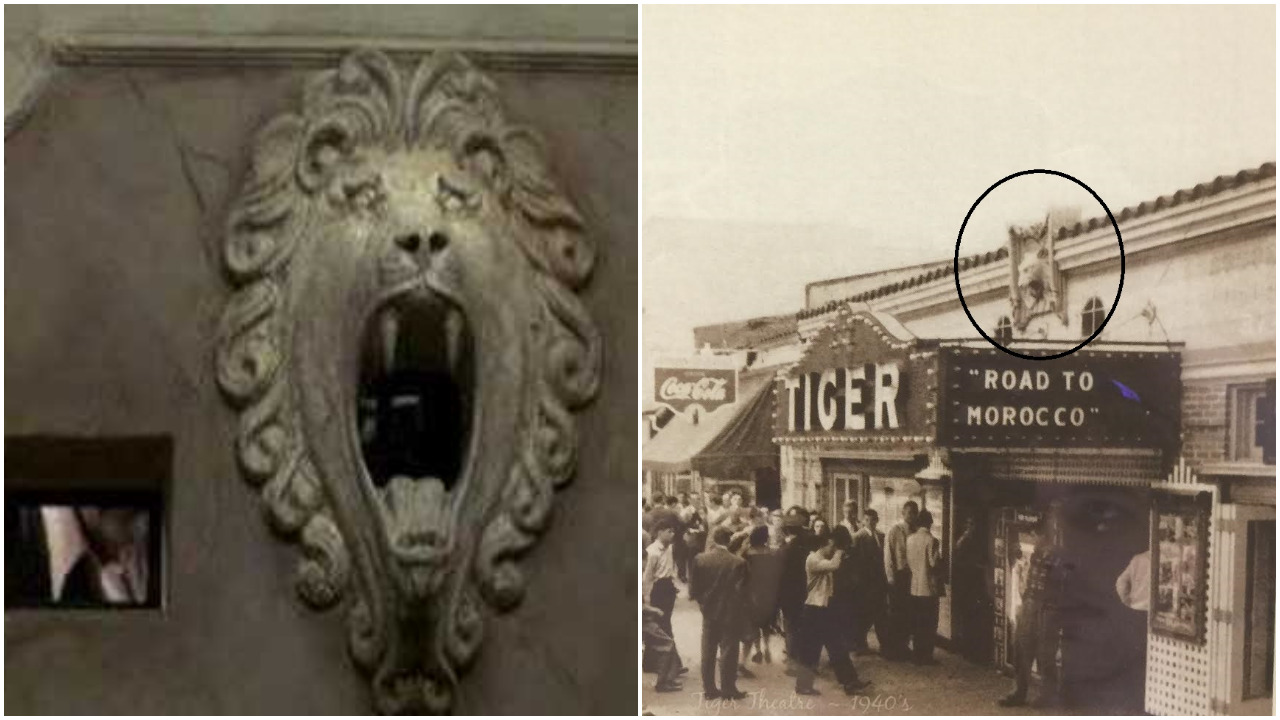
In the 1950s our local Curran Theatres cinema chain here in N Ireland had a permanent contract to show RKO films so that I was a close observer of the last sad years of RKO and the films it made in those years.
Their movies were in fact top of the bill at Curran Theatres right up until around 1957/58 and I saw in those declining years for example many RKO movies that COGERSON has given us grosses for on the HIS pages of various thespians: Great Day in the Morning [Virginia Mayo] Tension at Table Rock [Richard Egan] Slightly Scarlet [Rhonda Fleming] While the City Sleeps [Dana Andrews/George Sanders] Tennessee’s Partner [Ronald Regan] and two starring Charley Bill Stuart – The Americano and Appointment in Honduras. At the age I was at then, most of these really entertained me.
Cogerson
January 23, 2020 at 7:25 am
Good memoires on the Curran Theater. It sound a lot like my father-in-law’s Tiger Theater in Auburn Alabama. That interview with him has become WoC’s favorite UMR page. Thanks for sharing these wonderful memories.
“Yes as I was writing about the Astoria I was thinking of Bob Coats and The Tiger. We had our own ‘Bob Coats’ who ran The Astoria. I never knew his name but, whilst I did not back then have the kind of overview of the movie world that guys like you have given me today, I sensed that The Astoria was on its last legs.
Accordinglly I remember once stopping our ‘Bob Coats’ in the foyer and asking how business was doing. He acted as if he had been stung by a wasp, mumbled “Doing fine” and scuttled away into the Rest rooms! ‘My Tiger’ closed in 1969/70 and I think the final movie was Bond’s OHMS, George Lazenby’s sole outing as 007.” End of copied material.
A Work Horse and a Tiger all in the same site – they’ll be computer-animating it next!
After watching Cinema Paradiso last night….this interview with my father-in-law has been on my mind. The last picture on the page shows the Paradiso’s lion and the Auburn theater’s tiger. https://www.ultimatemovierankings.com/cinema-paradiso-1988/
HI BRUCE As I spent half of my young life in The Castle I see my Castle post as [albeit on a very mini scale] complementary to those wonderful recollections of The Tiger.
Therefore I have copied that post and this one to the excellent Tiger page, and indeed for me the link is strengthened by the fact that Laddie was a big part of my Castle years and a Ladd poster [for Drum Beat] is included with the original Tiger material below. However if you wish the Tiger page to be retained exclusively for stuff related to just that cinema please remove my additional posts from the Tiger page.
The Castle is still there, its original general structure both inside and outside unchanged except for the removal of the seats and the shell being used as a high grade furniture store. About 5 minutes away from The Castle there is a street corner officially called “John Long’s Corner” a famous Belfast landmark named after some local hero of the previous century. My Ladd-fan pals and I used to meet-up there, linger for a brief discussion and then mosey up to The Castle – as often as not to watch a Ladd movie!
Even in those young years we were aware of the innuendos about Laddie’s shortness of stature that floated around. However we simply laughed at them and indeed for our own private amusement we light-heartedly re-nicknamed that famous Belfast corner “Long Ladd’s Corner!.” Bet you even Steve never realised what a talking point Laddie’s height has been down the years!
Hey Bob. I agree The Castle recollections fit in nicely with these Tiger Theater recollections. Good to know it is still standing. Long Laddie’s Corner sounds like a great memory. Great feedback.
HI BRUCE Thanks for the feedback on Andy Garcia and the confirmation that it is OK to keep the Tiger and Castle posts together. It pleases me to have my own memories recorded alongside those of a fellow buff “one of us” Bob Coats.
Here in Northern Ireland the old local cinema is a thing of the past with the new multiplexes situated in more central places, providing multi-facilities, like shopping complexes, town/city centers and amusement parks. One misses the ‘homeliness’ of the old local picture halls in the way that one regrets the absence of the greater sense of friendly contact and social gatherings that the former video libraries provided for those interested in such things.
The exception as I have said before is the Strand cinema about 5 mins drive from where I live. It is subsidized by the government as an historic building and is the only one of the old movies houses still in existence AND showing [all the latest] films. It also puts on cabaret acts periodically.
HI STEVE When I was growing up in the 1950s my local cinema was called The Castle and as they had the contract to show all the latest Paramount movies that’s where I watched all the Ladd films.
Living in the private house ímmediately next door to The Castle was a real tiny dwarf called Alfie. He never worked but just stood outside whistling and chatting to the passers by when they started to form a queue for the cinema. I of course saw a lot of him on my trips to the Castle and when I got inside Laddie seemed like a giant by comparison to me a small boy of about 12 years of age!
The mega pop star from Belfast where I live, Van Morrison, sang about The Castle and Alfie in his hit A Sense of Wonder, which was about Belfast and íts nearby towns
On and on and on and on we kept singing our song
Over Newtonards and Comber,
Gransha and the Ballystockart Road.
Didn’t I come to bring you a sense of wonder?
Didn’t I come to lift your fiery vision bright?
Didn’t I come to bring you a sense of wonder in the flame?
Wee Alfie at the Castle Picturehouse on the Castlereagh Road
Whistling on the corner next door
Where he kept Johnny Mack Brown’s horse
Van’s reference to Johnny Mack Brown’s horse derives from the fact that in the 40s and early 50s Johnny Mack made droves of B westerns and The Castle would endlessly regurgitate them so that there was virtually always one showing -eg Law of the Panhandle, West of Wyoming, Colorado Ambush, Short Grass, Stampede, Back Trail etc.
Hence we kids had two standing jokes about where Johnny’s horse stayed when the cinema closed (1) as mentioned by Van, Alfie kept the horse (2) it was Kept in the restrooms of The Castle. Ah nostalgia- Alfie stood outside in the sunshine, whistling as usual, that summer night long ago in 1953 when I queued at The Castle for Chuck’s western Arrowhead!
nice trip down memory lane
Hey Peter C……glad you went down memory lane…this has become one of my favorite pages.